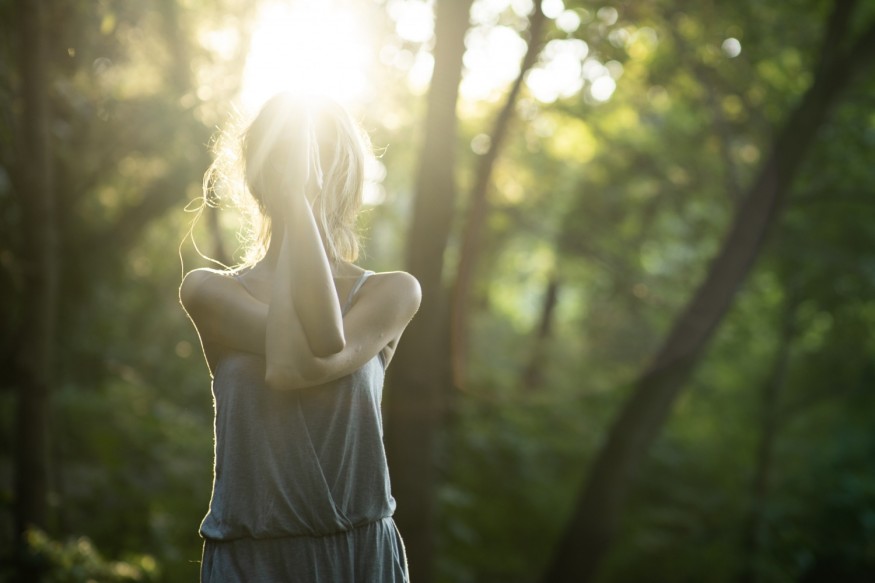It has been reported that vitamin D deficiency is on the rise, but taking a walk outdoors, especially in these times of pandemic when many are wary of being outdoors due to fear of getting infected with COVID-19, may now have been taken for granted.
According to Khon2 News, psychotherapist Dr. Teralyn Sell, who specializes in brain health, says he needs to rethink his time indoors.
He explained that getting vitamin D every day cannot be overlooked, and even those in sunshine states have low vitamin D levels.
He added that most people are shocked by that fact and say they're moving to Honolulu, Hawaii, or Florida, and they think that will be taken care of.
The psychotherapist also said most people are covering up each time they go on outdoor activities. Typically, they cover up by wearing long-sleeved tops or dresses, hats, sunglasses, and apply sunblock. He elaborated that this means that these people are blocking themselves from getting vitamin D.
Mayo Clinic describes Vitamin D deficiency as when the vitamin D level is very low and can cause the bones to become brittle, think, distorted, or deformed.
Read also: New Study Finding: Autism Is Thrice More Common in Boys, and Vitamin D Has Something To Do With It

A Crucial Nutrient
A similar Eminetra.com report specified that Dr. Sell described Vitamin D as a "crucial nutrient" because so many bodies function from immunity t bone health to heart health and lung health, not to mention specific to brain health.
He added this nutrient is what's identified as a nutrient co-factor in the neurotransmitter pathways. Essentially, vitamin D aids in the production of dopamine and serotonin levels, which eventually enhance one's mood.
The psychotherapist explained that as the body ages, it does not yield vitamin D like it did when it was younger, leading an individual to experience a deficiency.
The first thing Dr. Sell said he would recommend is actually getting the levels of vitamin D checked to guarantee if a person has a deficiency or not, and that's the very first step.
Simply going out in the sun for only 15 to 30 minutes each day and not wearing sunglasses to let the sun into the eyes can provide vitamin D.
The next and second step, as per Dr. Sell's advice, is for one to get checked at least twice each year, specifically at the end of summer moving into fall, and one more time, during spring, to know his Vitamin D cycles.
Why You Should Not Cover Up When Outdoors
According to Cleveland Clinic, sunlight has a lot to do with getting an adequate amount of vitamin D in terms of health benefits.
First, vitamin D is produced when the skin gets exposed to sunlight, or the ultraviolet B or UV-B radiation that the sun releases, instead.
Furthermore, the amount of vitamin D that the skin makes relies on certain factors like the season, location of residence, and the skin's melanin content.
This Cleveland Clinic report specified that the amount of vitamin D required each day differs according to age for healthy individuals.
For those aged nine to 70 years old, the recommended dietary allowance is 600 IU per day. Meanwhile, those above 70 years are recommended to take 800 IU per day for their daily dietary allowance.
Related information about sunlight and vitamin D is shown on Healthline's YouTube video below:
RELATED ARTICLE : Too Much Vitamin D? Certain Health Conditions May Arise
Check out more news and information on Vitamin D Deficiency in Science Times.












